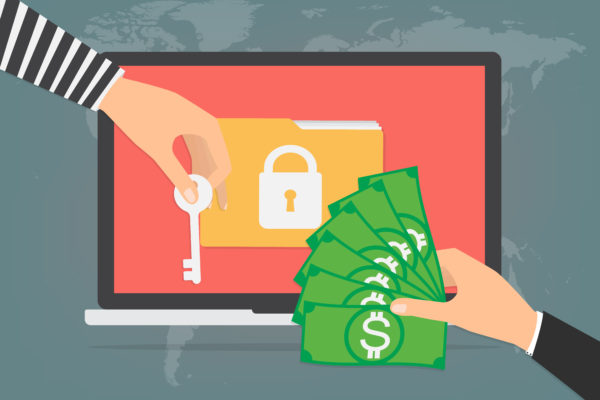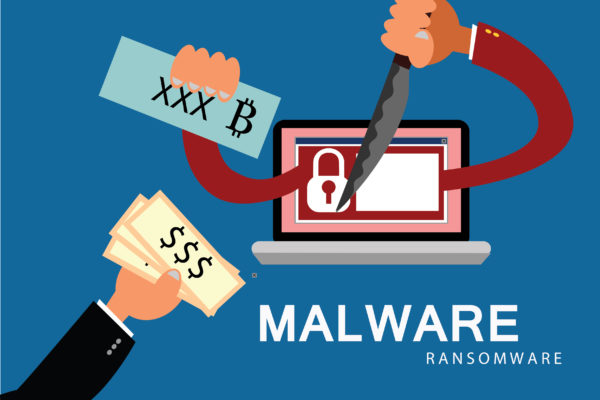An advanced type of malicious software, Ransomware blocks access to the user’s computer system or other devices, usually by encrypting the files and data in the system, rendering them inaccessible. Ransomware removal requires the victim to pay huge amounts in ransom to receive the decryption key otherwise they may end up losing all their data.
Over the last few years, Ransomware has become a lucrative and profitable business. It is highly prevalent and continues to be a source of serious cyber threat for individuals and businesses. This rapidly evolving criminal technology has affected thousands of people around the globe. Ransomware assaults impede the operations of hospitals, educational institutes, corporations as well as the government to a great extent.
According to statistics, Ransomware is the most common type of malicious software, accounting for 39% of the malware cases identified.
Why do these crooks plague the computer with Ransomware? The motives vary, where some hackers want to use it as a source of making money through the ransom that they receive, while others want to get access to personal and confidential information. Not just this, there are some who do this just for the sake of fun.
The attackers usually demand hefty sums of money ranging from hundreds to millions of dollars for Ransomware Removal, depending on the scale of the targeted organization. Usually, the payment is made through channels such as Western Union or Amazon and iTunes or demanded in cryptocurrencies such as Bitcoin.
Why do the attackers demand payment in Bitcoin? Bitcoin is a digital currency highly preferred by hackers due to its anonymity which makes it highly difficult to trace the transactions and reduces the chances of the hackers being identified. A reliable and efficient means of receiving payment, Bitcoin can be easily converted to cash, without the recipient being detected.
The security authorities, however, strictly warn the targeted entities not to pay the ransom amount in the hope of retrieving their data. Since the ransom payment gives rise to criminal activity, encouraging the attackers as they are able to earn huge monetary profits. It also sends signals to the hackers that the victims are easily vulnerable and would pay to recover data, thereby increasing their chances of falling victim to other attacks in the future again.
Unfortunately, a Ransomware attack leaves the victim with very little choice, but to pay the ransom. If they refuse to pay the ransom, they are forced to suffer huge losses due to loss of essential data and files which cannot be retrieved. The hackers have stringent policies and set strict deadlines for payment. A countdown timer is set, and failure to pay within the assigned time period may double the amount, or even end up permanently deleting all the files held in hostage.
Unfortunately, sometimes even when the ransom is paid, the access to data is not returned, spurring huge losses. The victims do not just suffer the business downtime costs, but considerable losses are incurred in IT costs legal fees and other recovery costs along with coping up with the organization’s damaged reputation.
With ransomware attacks becoming more sophisticated and complex over the years, the average ransom demand has also witnessed an upsurge, reaching high limits. The amount demanded for Ransomware removal has almost doubled in 2019 such that some criminals demand payments as huge as 6 figures, depending on the type of ransomware attack that had infected the system. Some of the most dangerous and complicated ransomware programs being WannaCry, CryptoLocker, GandCrab have evolved in recent years.
Therefore, cybercriminals demand huge sums for Ransomware removal by attacking millions of systems every year, such that it has become an immensely lucrative source of generating income.



